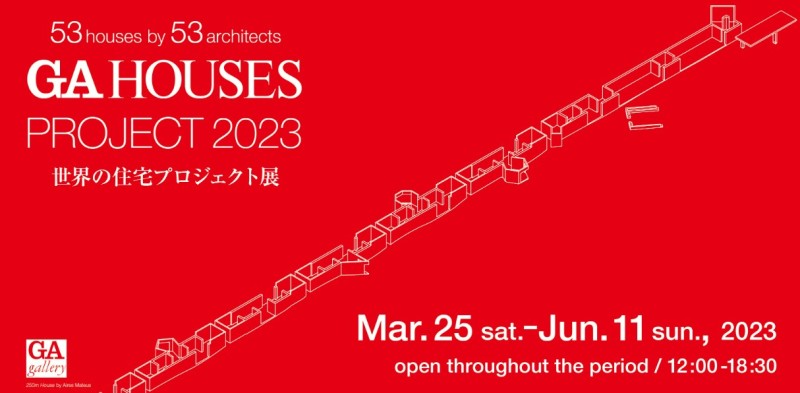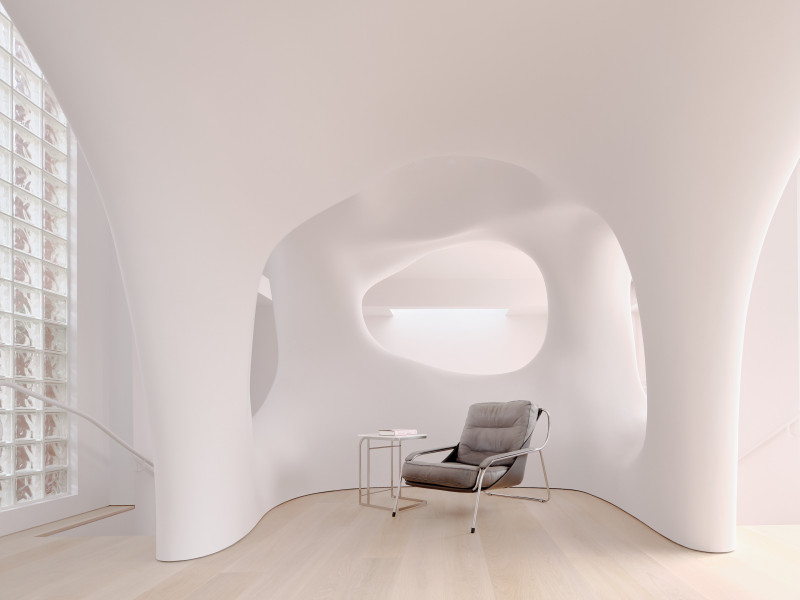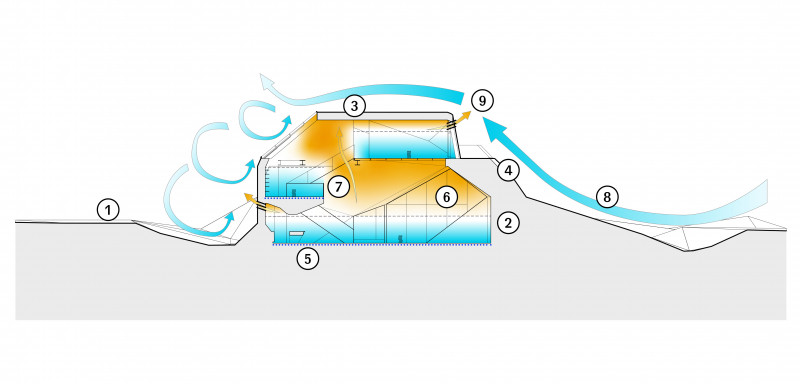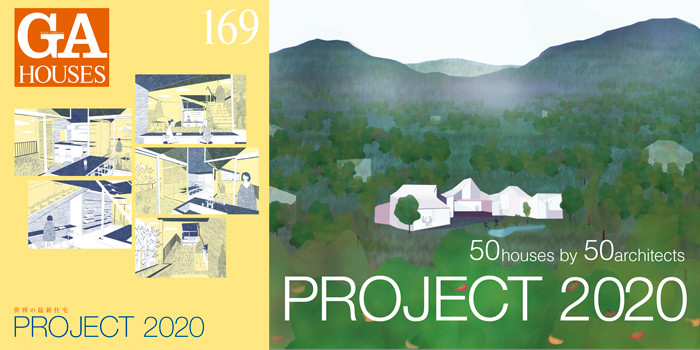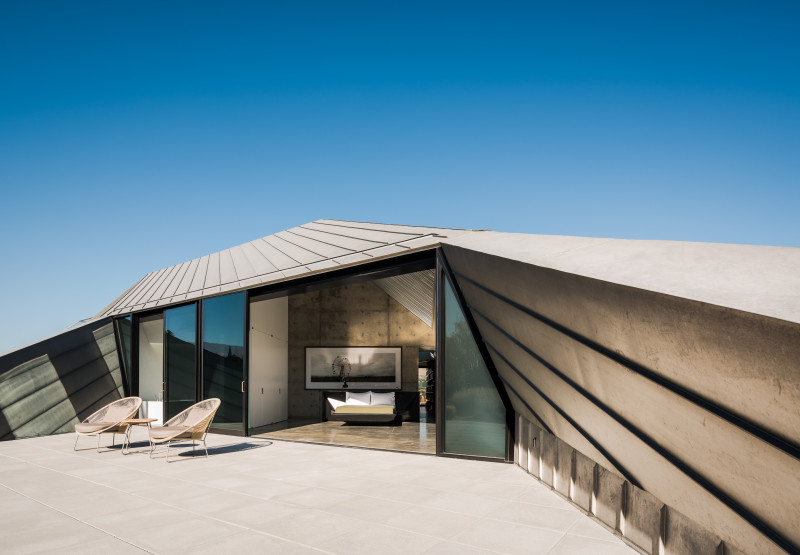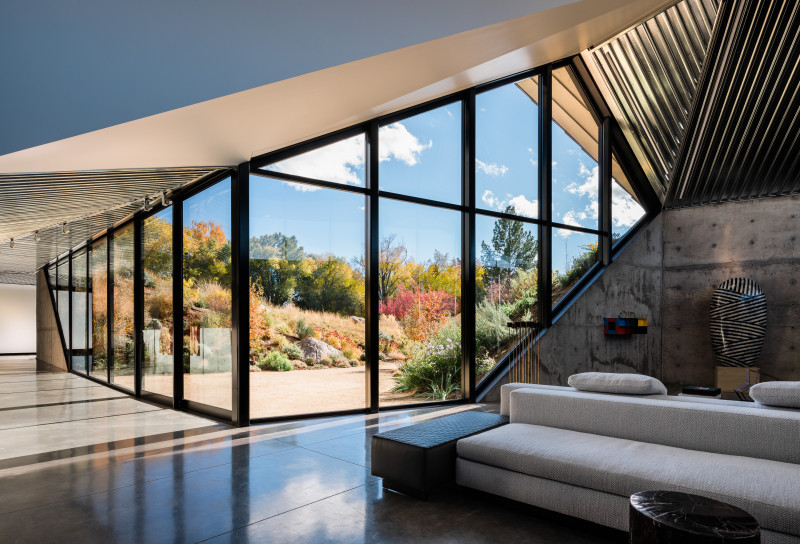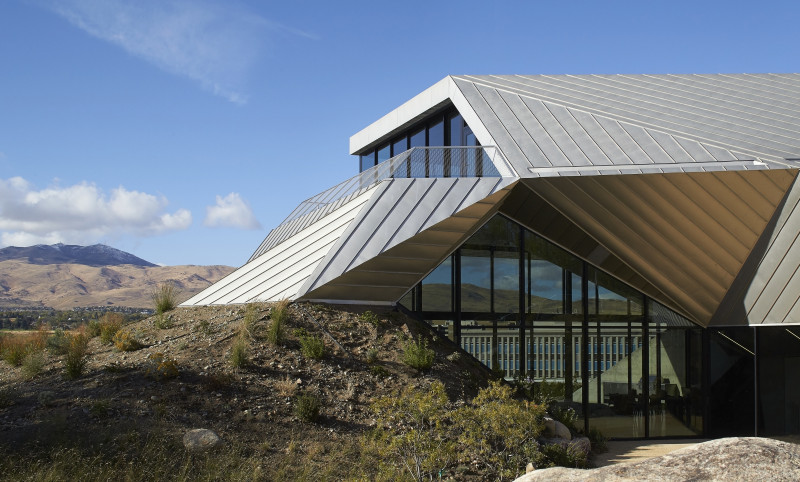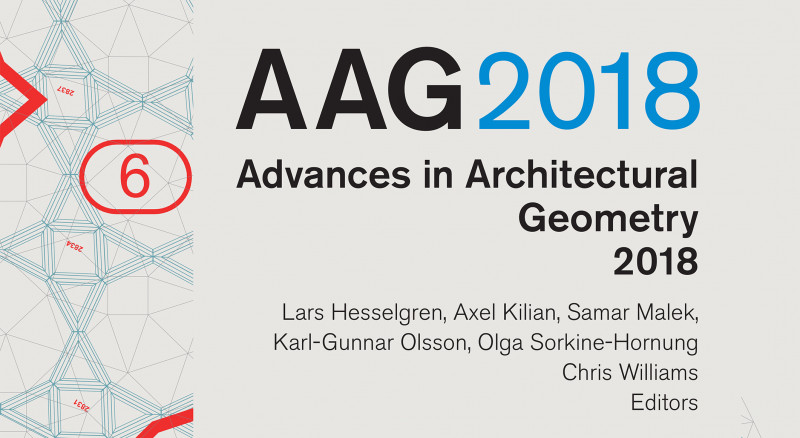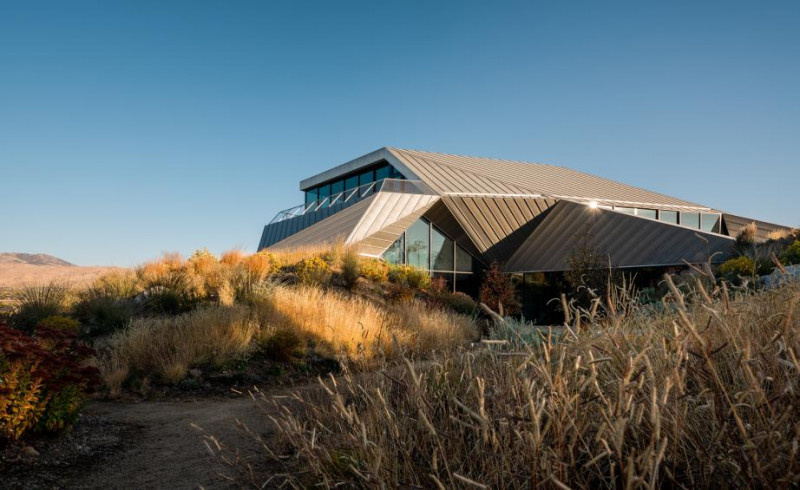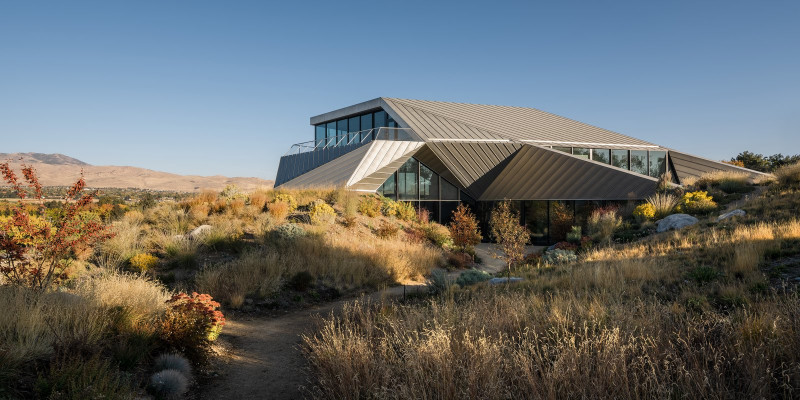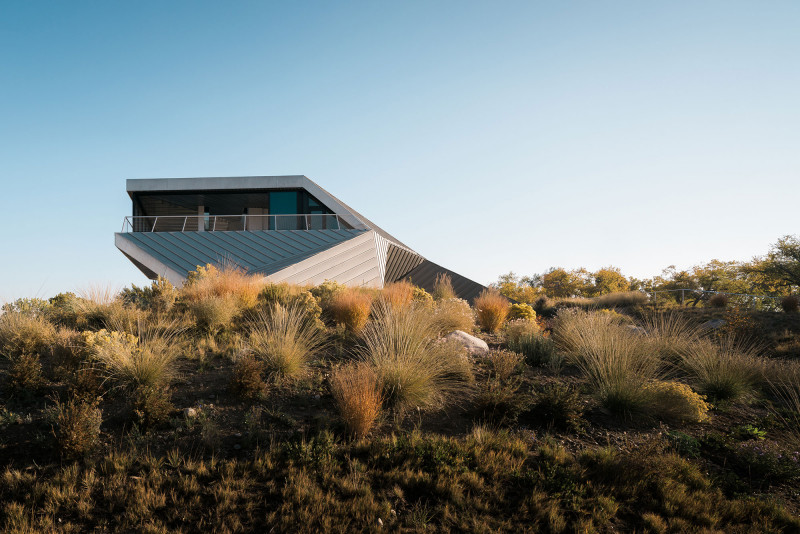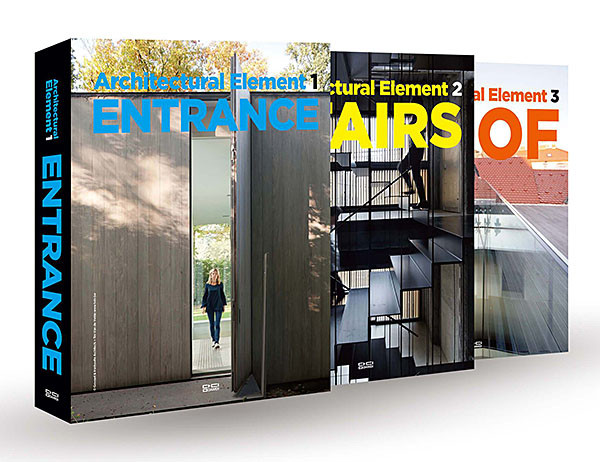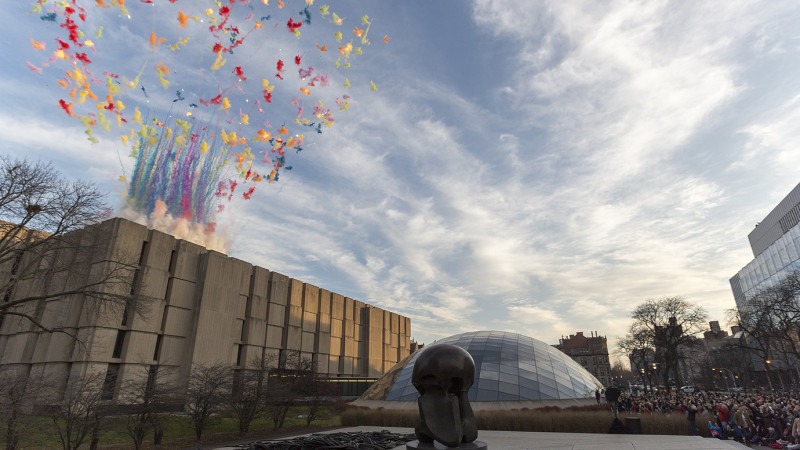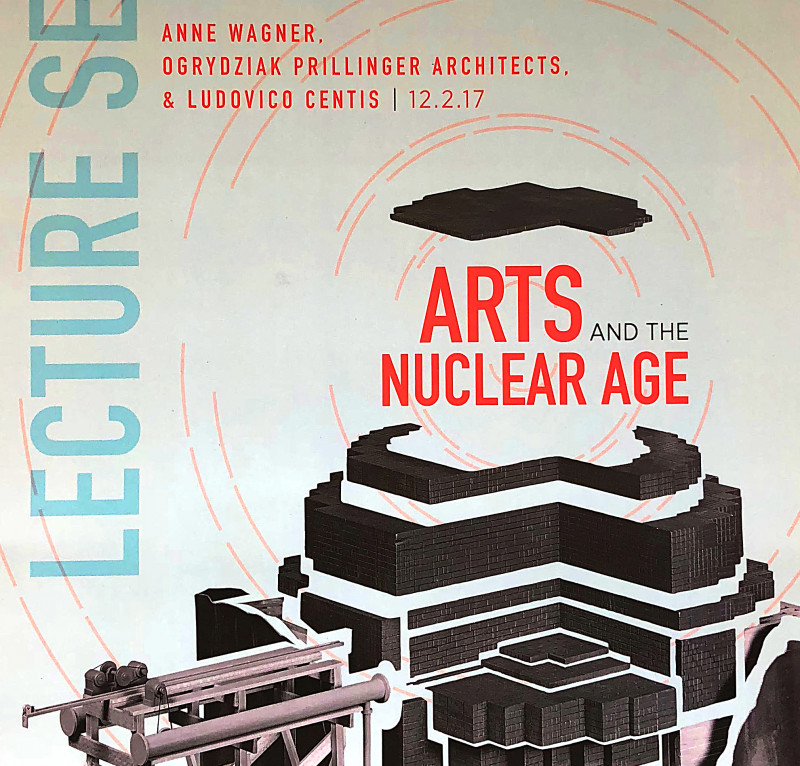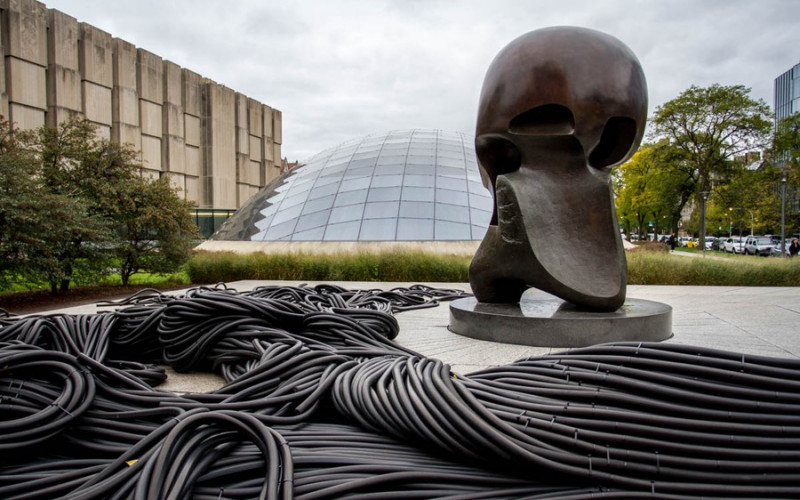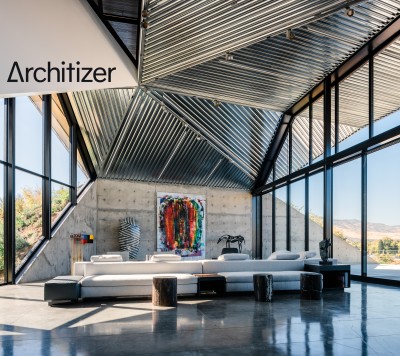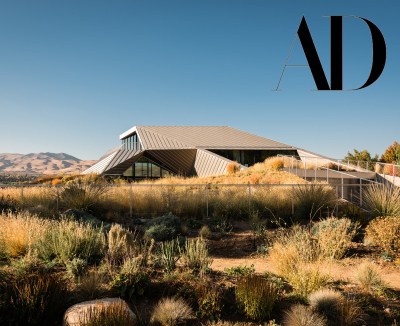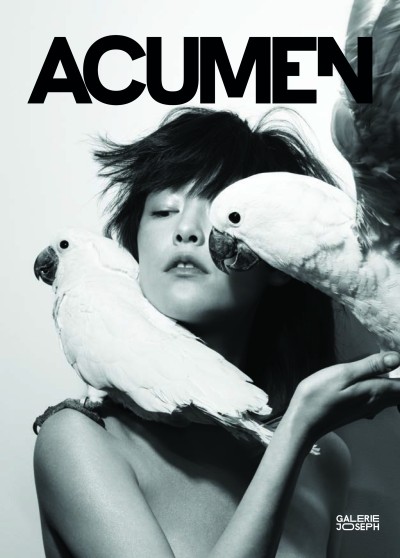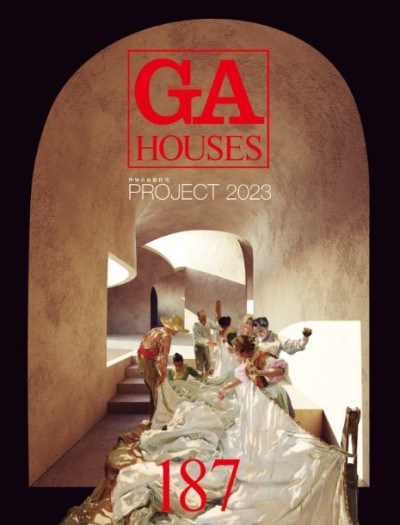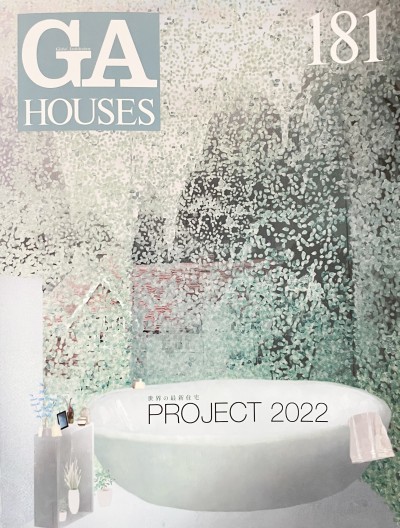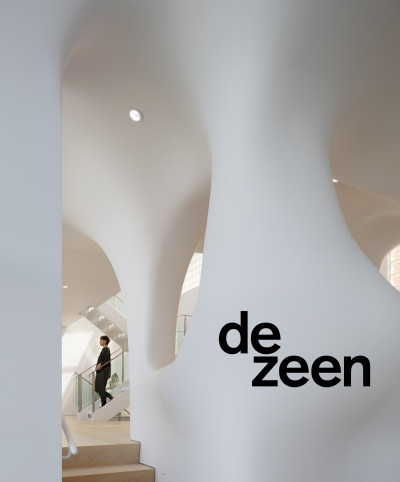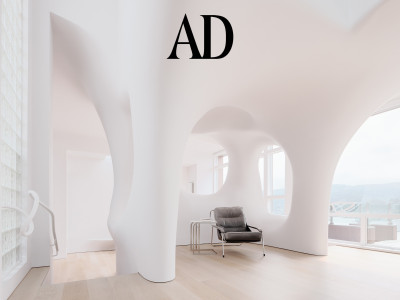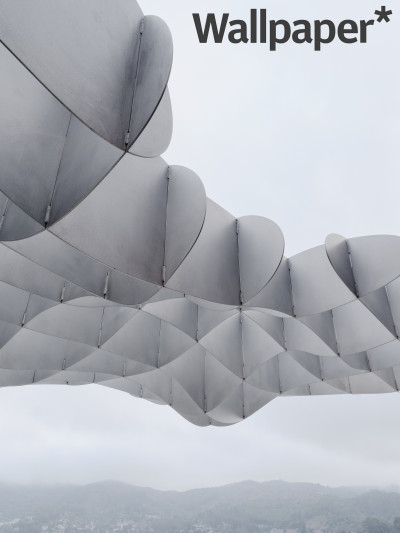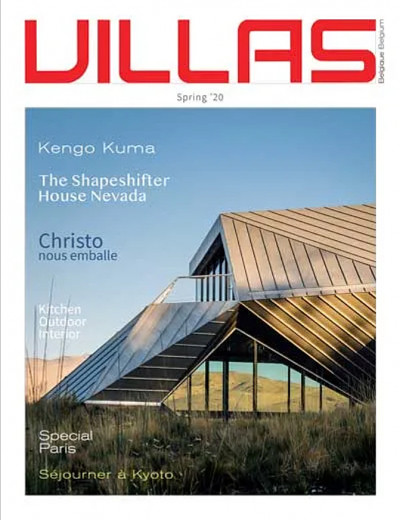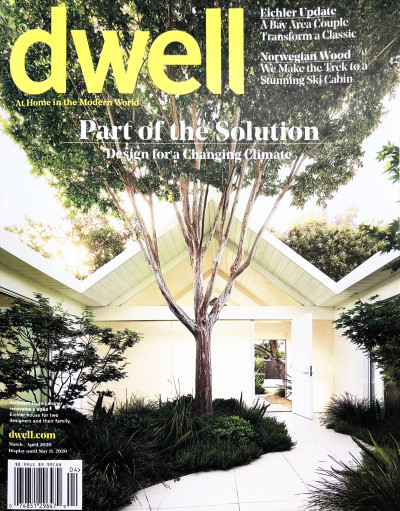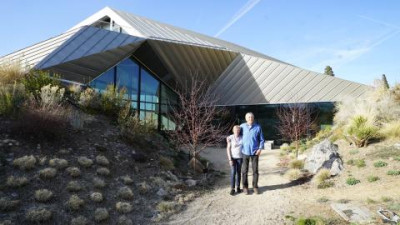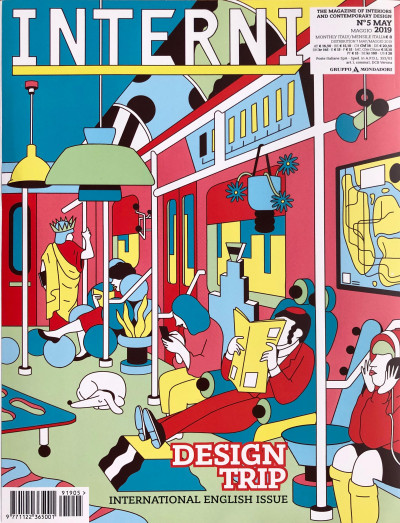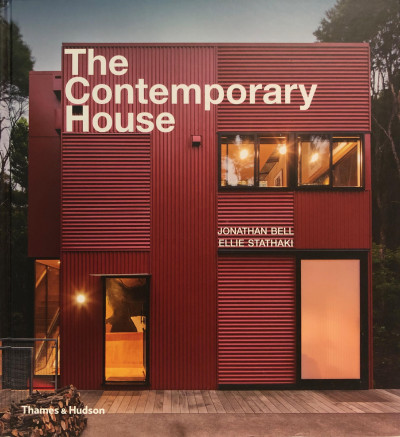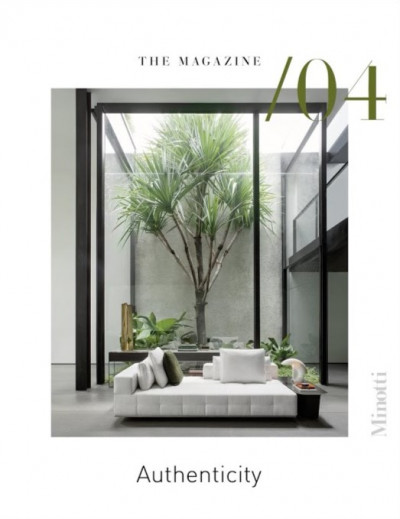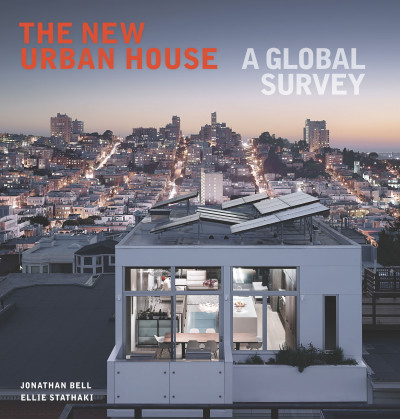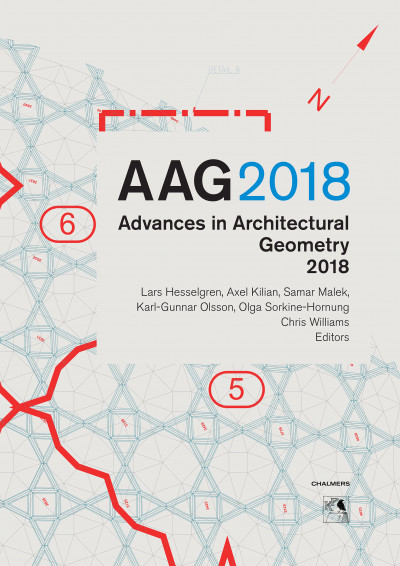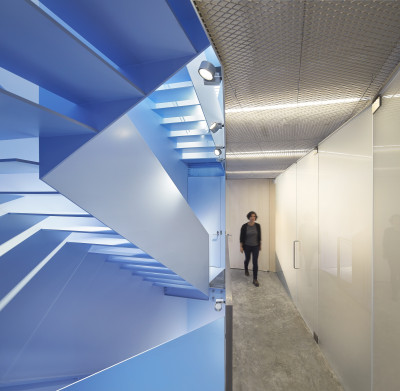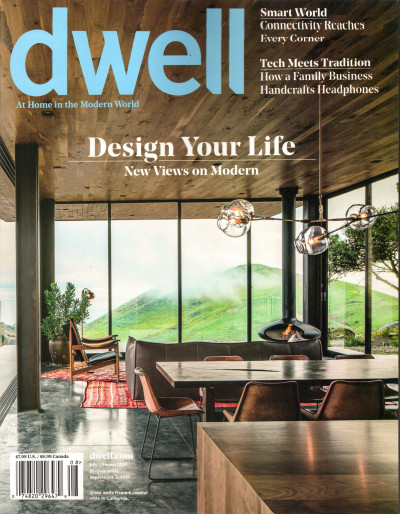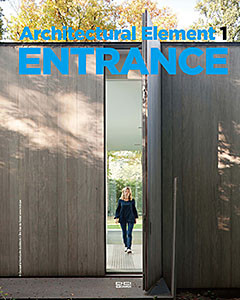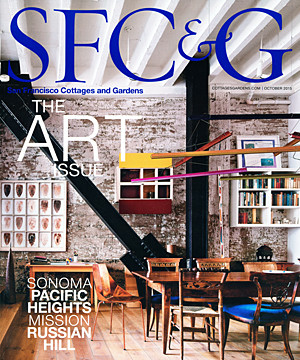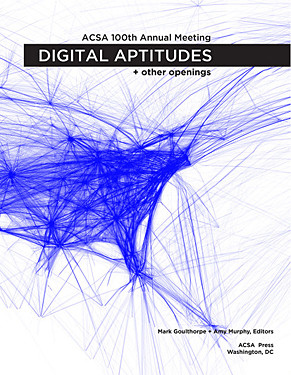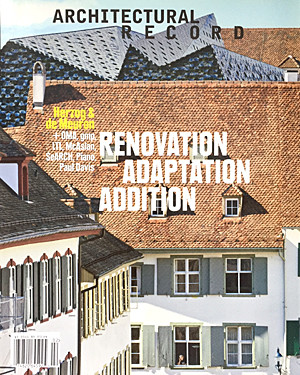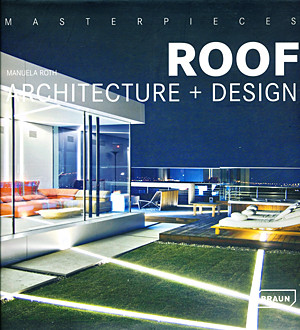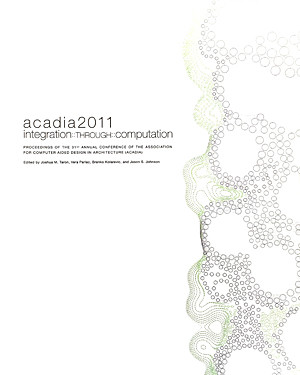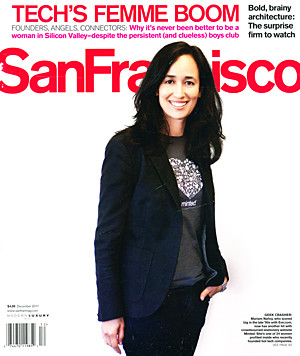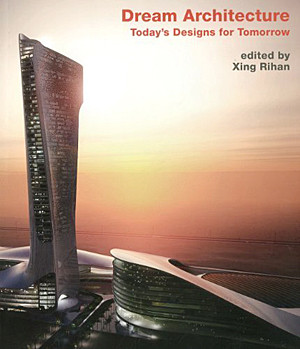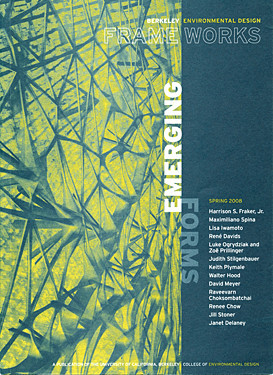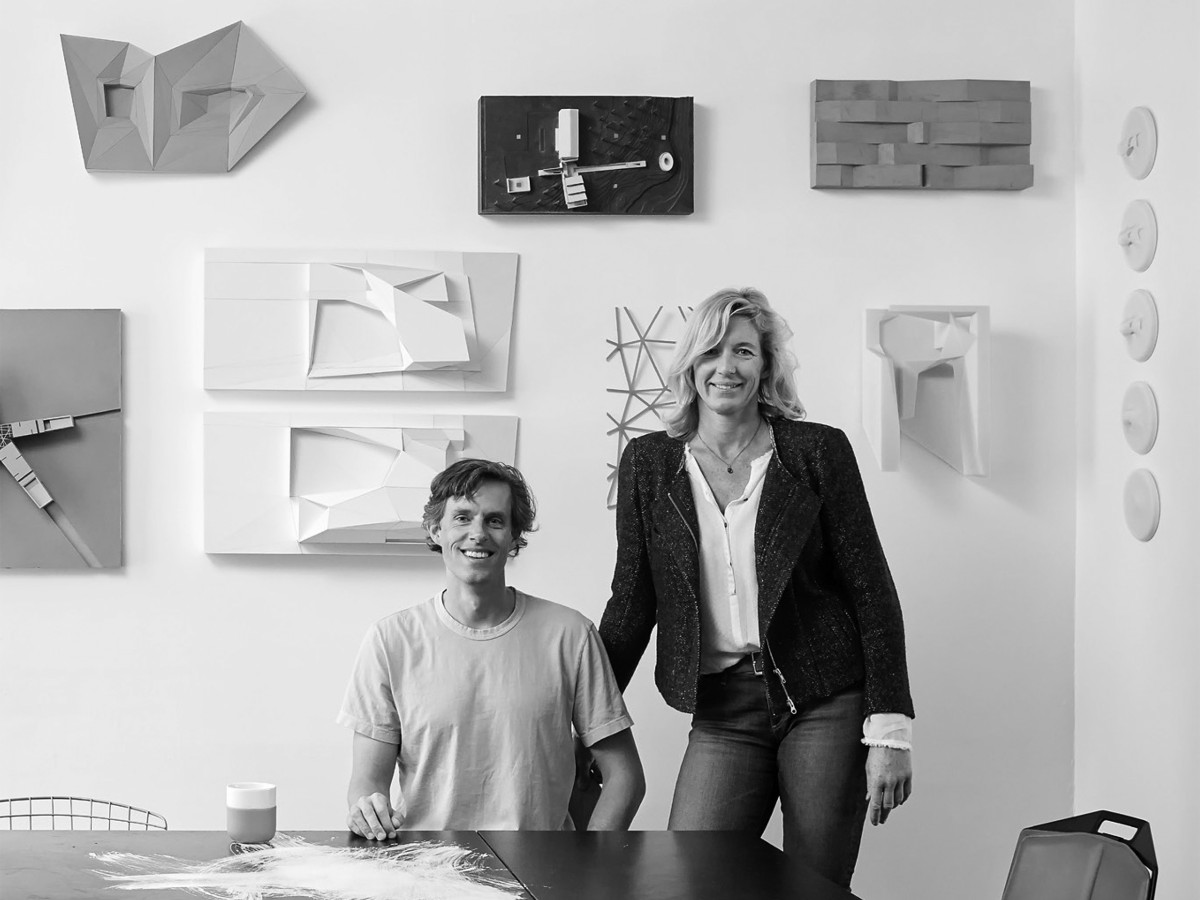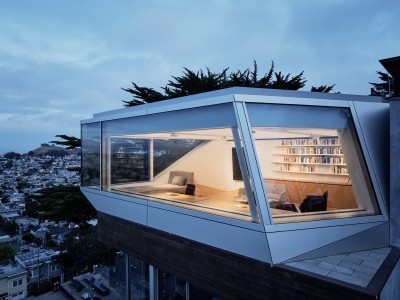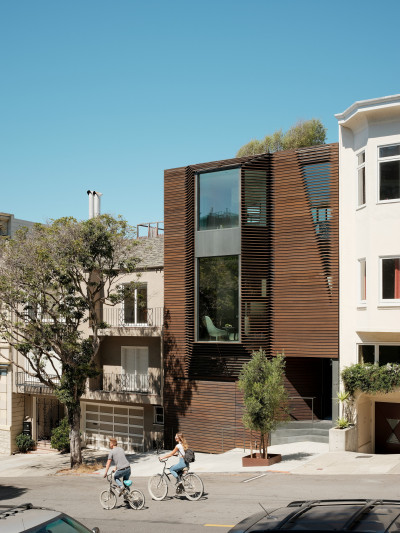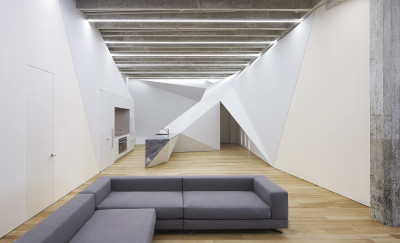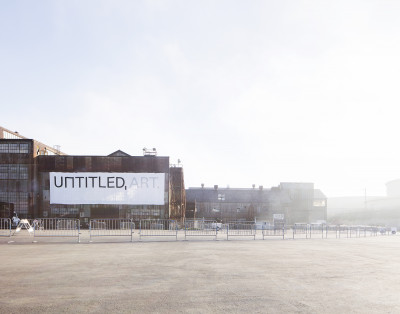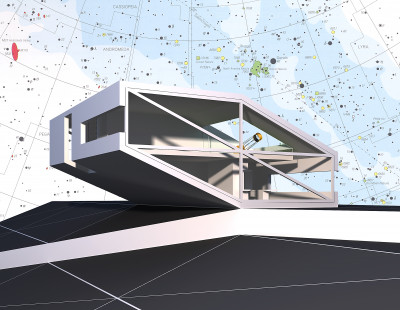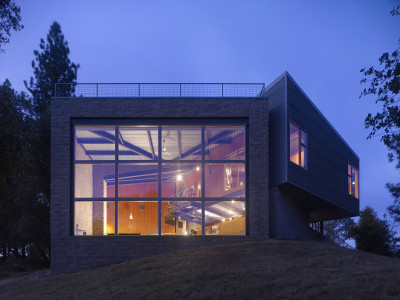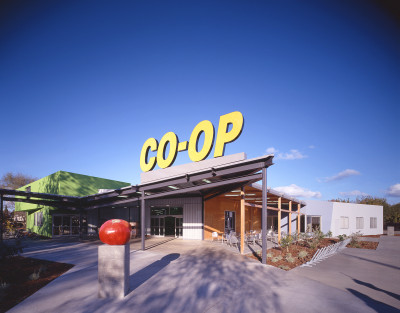The Davis Food Co-op occupies an important leadership role within the cooperative movement -- locally, nationally, and even internationally. When the store decided to expand, it began the process by asking every member to describe his or her 'dream store'. What should it look like? What features should it have? The results established the basic trajectory for the project. Throughout the subsequent two years of highly interactive design development, this 'dream store' concept was constantly updated and refined. Ultimately, many of the features introduced through this process are present in the final project - ideas which would not have emerged from a more traditional top down approach. Architecturally, the results may best be understood in reference to two primary categories: language and symbol.
LANGUAGE. The Co-op is a modern building. The membership chose (almost unanimously) to contemporize the store's visual identity. As a forward thinking group, the Co-op demanded a progressive image. As a result, the architectural language of the store is neither overly nostalgic (historicism) or indifferent (builder-architecture). Rather, the project enacts an abstract formal language, consistent with the historical development of modernism. The resulting building - highly unconventional for the California Central Valley - establishes an affinity between the Co-op and the modern project of optimism regarding the future.
SYMBOL. The Co-op is a highly symbolic project. A series of symbolic tropes - both formal and programmatic - represent the store's leadership role within the cooperative movement. Ten such architectural features are as follows.
(1) Colored skylights. These form a 'rainbow', symbol of the cooperative movement.
(2) Green produce wall. The symbol on this wall is the Twin Pines Logo, conventional symbol of american cooperatives.
(3) Exterior colors. Green and yellow are the internationally recognized colors of the cooperative movement. The intensity of these colors reflects the Co-op's specific site: the sunny, agriculturally oriented California Central Valley.
(4) Flower mural. The flowers relate to organic produce, and evoke memories of the 60s and 70s, a crucial period of growth in the American cooperative movement.
(5) Metal entry patio. This is large enough to accommodate an outdoor market style sales area, an alternative model for buying and selling goods.
(6) Wood dining patio. Allows members to site an socialize in a visible location, situating the Co-op as a community gathering place.
(7) Site plan. Orients the project towards downtown Davis, with easy bike and pedestrian access. This emphasis on accessibility makes the Co-op neighborhood friendly.
(8) Art pedestals. Five concrete pedestals allow for a rotating exterior display of art objects. These are intended to have a pedagogical or symbolic relationship to the cooperative movement.
(9) Community conference room. The conference room adjacent to the dining patio is made available for public use, further emphasizing the interaction between Co-op and community.
(10) Edible landscape. All exterior plants (with the exception of shade trees) are edible. Two thematic areas are: (a) a small citrus grove shielding the dining patio from the parking lot; and (b) a high-yield garden intended for demonstration workshops.

